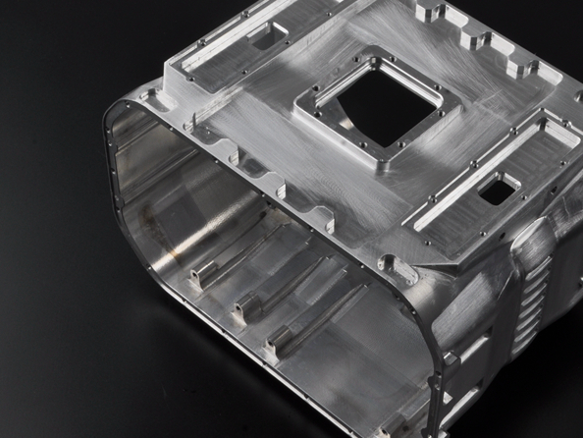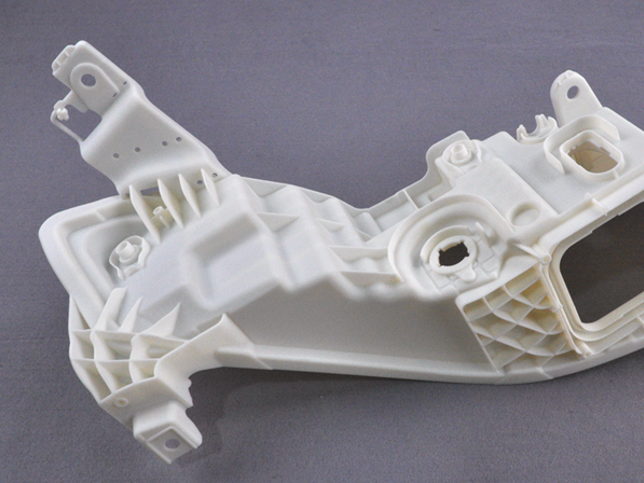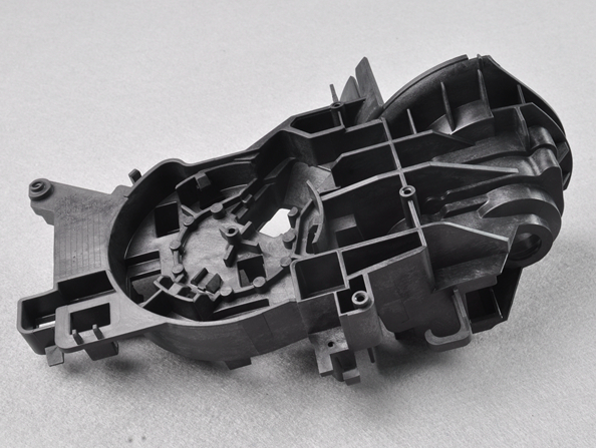
In the manufacturing business, prototypes are a crucial part of the design process. New product inventors need to test the viability of a new part in the market before going into commercial production. The advancement in technologies has revolutionized the way engineers create sample parts.
The prototype manufacturing process you select for your product development determines the success or failure. Therefore, before approaching a provider to create your prototype, you should understand the differences between CNC machining, 3D printing, and rapid tooling.
So, how does each of these processes work? Let’s break it down.
CNC Machining
CNC machining involves the use of computer numerical controls. It creates parts and removes layers from a block of metal, plastic, or wood as a subtractive process. This process is one of the most utilized prototype manufacturing techniques and for low volume production.
The material removal makes it easy to cut through using digital milling machines. Engineers use CNC to make functional prototypes with complex geometries. It’s faster and economical, especially if you need a few prototypes because it does not require a mold. With CNC, customers can get the parts in the right material and quality.
When you select CNC machining to create your prototype, you benefit from precise parts, material versatility, speed, and excellent surface finishes. In addition, CNC machines can cut through different types of materials, therefore provide more versatility for any prototype.
3D Printing
3D printing plays an essential role in prototype manufacturing. As an additive manufacturing process, it combines multiple layers of materials to create parts. Prototypes created via 3D printing help designers verify the part and detect and fix issues early in the development process.
By doing this, there is cost reduction, especially when the product goes into full production. In addition, companies involved in this process provide services such as SLA 3D printing (Stereolithography) and SLS 3D printing (Selective Laser Sintering). These techniques produce parts that are precise, accurate, and with smooth surfaces.
3D printing is advantageous if you need better design, less wastage, faster turnaround times, flexible material choices, and reduced overall manufacturing costs.
Rapid Tooling
Also known as prototype tooling, this process involves manufacturing molds for parts such as rapid injection molds and sheet metal prototype molds. This is one of the best methods in manufacturing if you need small batch orders to use for marketing, product evaluations, and process design.
Using this process for prototype manufacturing comes with faster manufacturing cycles, cost reduction, and quality parts. In addition, with rapid tooling, there’s no limitation in material choice. You can use plastic, rubber, metal, or silicone to make molds for your prototype.
Therefore, if you need to create moldings before mass production, rapid tooling is the best option.
Factors To Consider Before Selecting a Prototype Manufacturing Process
As a product inventor, it might be a challenge to select one process to create a prototype. All techniques have their own procedures and benefits. However, there are some considerations you can make to narrow down your choice. Here are some of them.
● The Type of Material
During prototype CNC machining, different parts require distinct materials. By creating samples to test the market, customers can better understand whether the material used is the best choice. In addition, this first step in product development gives room to experiment with different materials until you get the best.
For prototype CNC machining, rapid tooling, and 3D printing prototype, the material requirements might differ. Although all the processes can handle all types of materials, it’s best to determine which will work best according to the specific prototype under development.
Consider whether your product will need a secondary process, such as a surface finish. Then, working with a team of qualified engineers and designers, you can easily determine which prototypes work best with aluminum, wood, plastic, or rubber.
Selecting the suitable material early on significantly reduces the costs incurred in making changes during mass production.
● The Number of Prototypes
The number of prototypes or parts you need matters during process selection. The quantity should make economic sense for both the manufacturing company and the customer. When deciding between these three technologies, consider how many items each technique can produce cost-effectively.
If you need 100-2,000 units, rapid tooling is the way to go. It’s the best option for on demand manufacturing.
It has economies of scale and can produce more prototypes at a go. However, if you need fewer units, you are better off with CNC machining and 3D printing.
Therefore, before selecting any of these three procedures for prototype manufacturing, it’s advisable to get guidance from a team of experts. Also, get this information early in the production process to avoid incurring unnecessary costs.
• The Prototyping Cost
The budget should not be a controlling factor, but it’s an essential consideration. Before selecting a process, consider your budget allocation to avoid overspending. Prototype manufacturing is necessary to cut down on future expenses; therefore, it should be closely monitored.
CNC machining and rapid tooling could be more costly than 3D printing prototypes due to the processes involved. However, it’s a much cheaper process in some situations due to the technologies that boost precision and accuracy. Because of this, customers need to get a breakdown of all the costs to be incurred before prototyping begins.
Prototyping should help reduce the overall costs involved in the final production.
Summary
A prototype plays a significant role in product development. During the design phase, it’s essential for market research, product verification, and business pitching.
Acquiring ideal rapid prototyping services is a critical step in determining the success of these custom parts in the market. Before choosing a technique, you should seek professional guidance from an expert.
To get the right process and prototype, contact WayKen today. Prototype manufacturing is an integral part of the business. With state-of-the-art CNC, rapid tooling, and 3D printing equipment, you can get the most complex designs handled with ease and accuracy.
Subscribe to Our Email Newsletter
Stay up-to-date on all the latest news from the 3D printing industry and receive information and offers from third party vendors.
You May Also Like
Gorilla Sports GE’s First 3D Printed Titanium Cast
How do you help a gorilla with a broken arm? Sounds like the start of a bad joke a zookeeper might tell, but it’s an actual dilemma recently faced by...
Nylon 3D Printed Parts Made More Functional with Coatings & Colors
Parts 3D printed from polyamide (PA, Nylon) 12 using powder bed fusion (PBF) are a mainstay in the additive manufacturing (AM) industry. While post-finishing processes have improved the porosity of...
$25M to Back Sintavia’s Largest Expansion of Metal 3D Printing Capacity Since 2019
Sintavia, the digital manufacturing company specializing in mission-critical parts for strategic sectors, announced a $25 million investment to increase its production capacity, the largest expansion to its operations since 2019....
Velo3D Initiates Public Offering in a Bid to Strengthen Financial Foundations and Drive Future Growth
Velo3D (NYSE: VLD) has been among a number of publicly traded 3D printing firms that have attempted to weather the current macroeconomic climate. After posting a challenging financial report for 2023,...


































